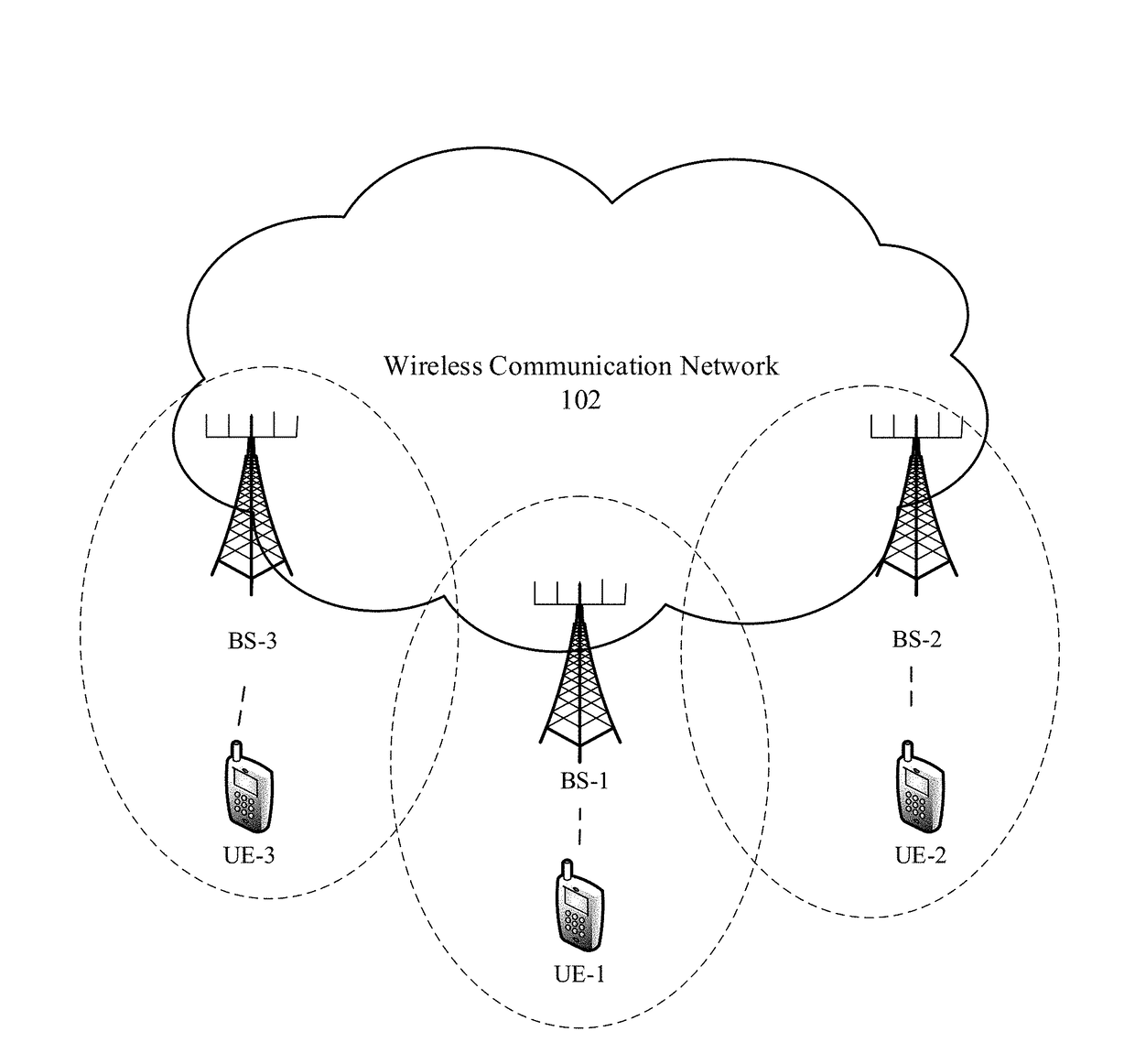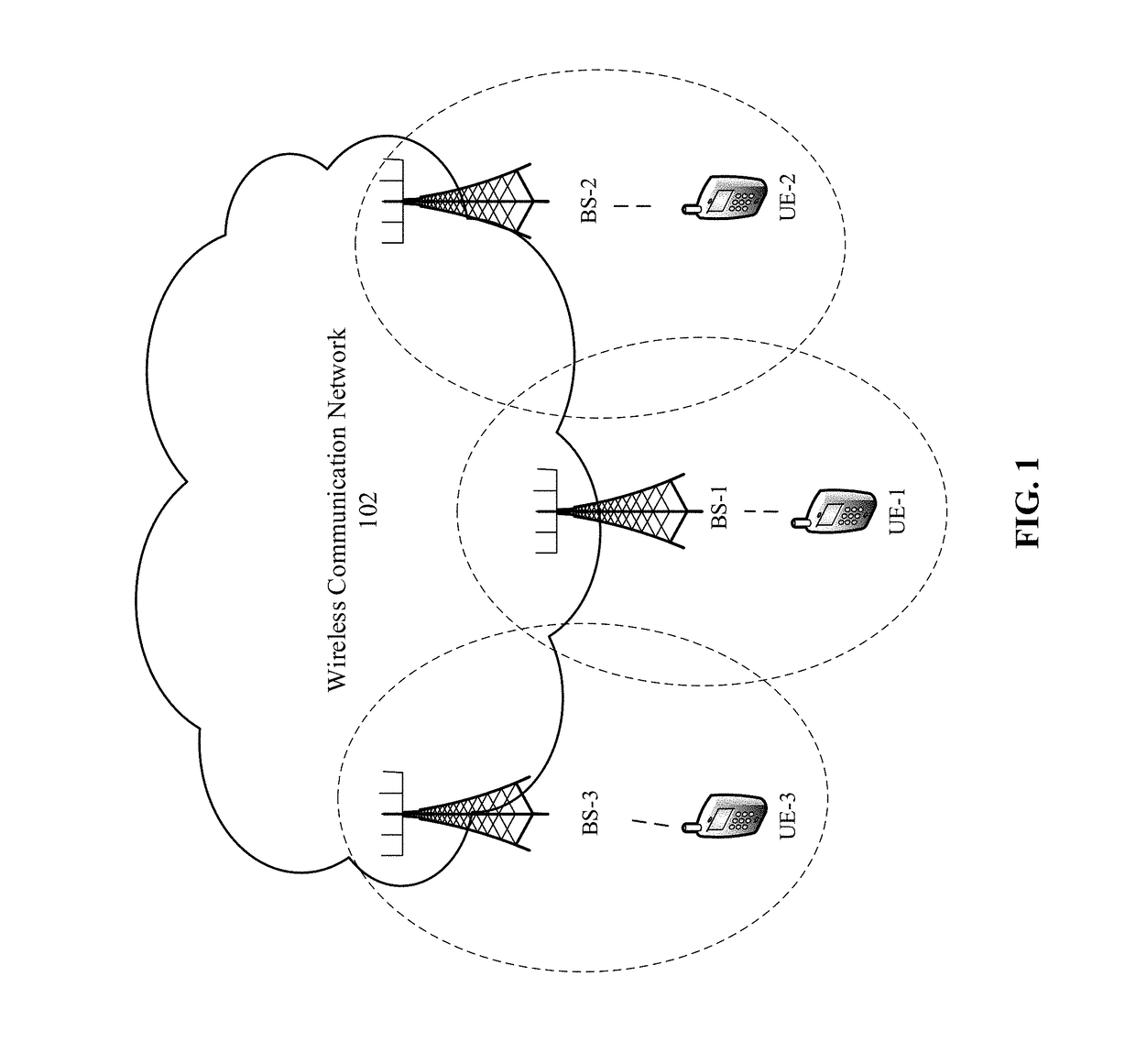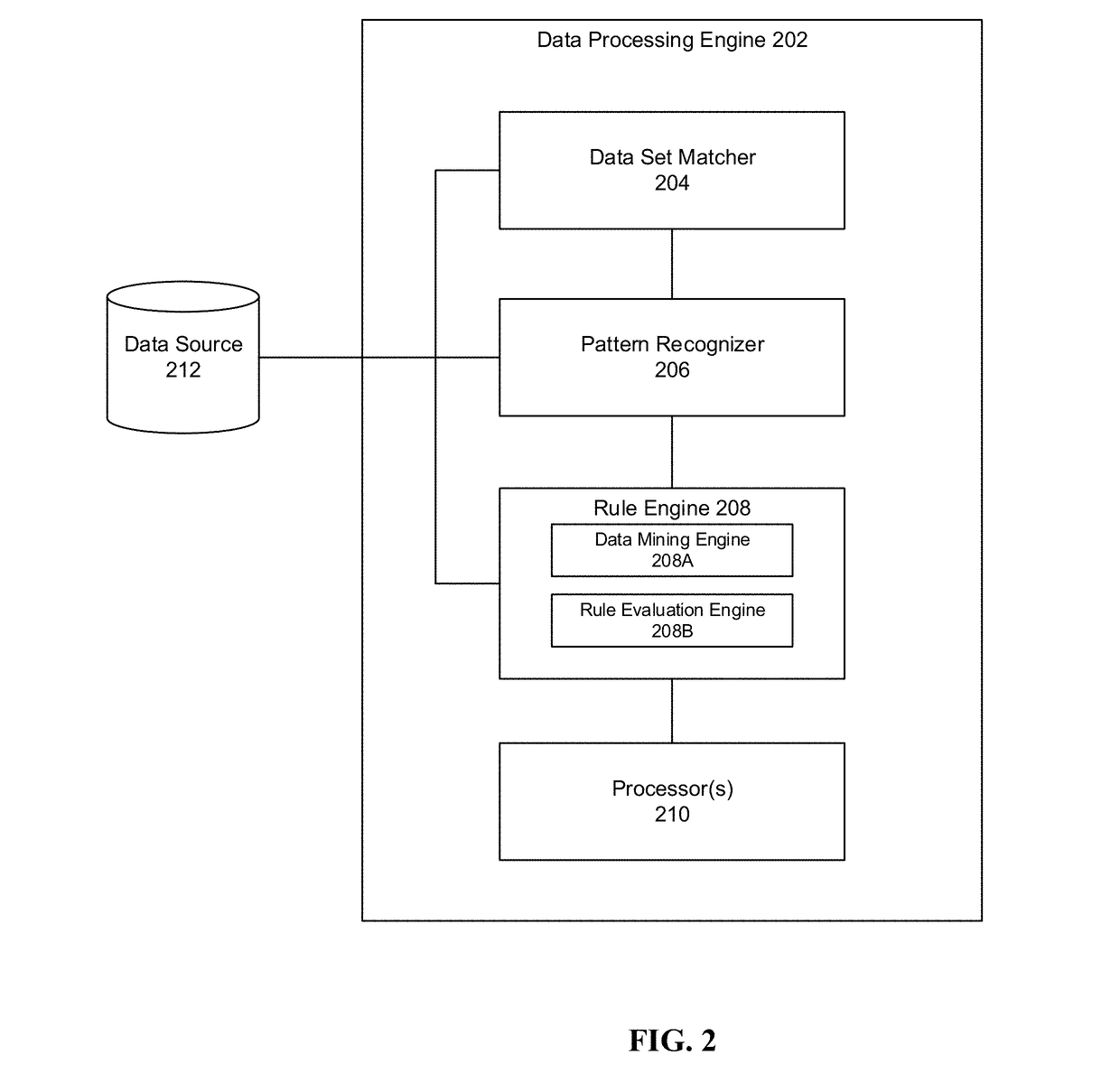Features selection and pattern mining for kqi prediction and cause analysis
a feature selection and pattern mining technology, applied in the field of telecommunications industry, can solve the problems of time-consuming and costly to properly measure and calculate kqis, affecting the quality of service experience of customers, and a difficult task to measure and improve the experience of qos
- Summary
- Abstract
- Description
- Claims
- Application Information
AI Technical Summary
Benefits of technology
Problems solved by technology
Method used
Image
Examples
Embodiment Construction
[0020]The disclosure relates to technology for processing data sets to generate data rules for the data sets in a communications network environment. In a networking environment, the quality of service (QoS) a network offers is an essential part of maintaining a user's experience. In order to diagnose and resolve outstanding QoS problems, networks may utilize key quality indicators (KQIs) that effectively measure the QoS in a network by monitoring network metrics and characteristics, such as average video download throughput and initial buffer time for video download. These KQIs may be calculated, for example, by continuously monitoring a particular network session for QoS using probes (e.g., detection devices, such as a sensor) installed throughout the network. However, measuring and obtaining KQI data within the network is often difficult, time consuming and expensive.
[0021]In addition to measuring KQIs, the performance level of the network may also be measured using key (or netwo...
PUM
 Login to View More
Login to View More Abstract
Description
Claims
Application Information
 Login to View More
Login to View More - R&D
- Intellectual Property
- Life Sciences
- Materials
- Tech Scout
- Unparalleled Data Quality
- Higher Quality Content
- 60% Fewer Hallucinations
Browse by: Latest US Patents, China's latest patents, Technical Efficacy Thesaurus, Application Domain, Technology Topic, Popular Technical Reports.
© 2025 PatSnap. All rights reserved.Legal|Privacy policy|Modern Slavery Act Transparency Statement|Sitemap|About US| Contact US: help@patsnap.com



